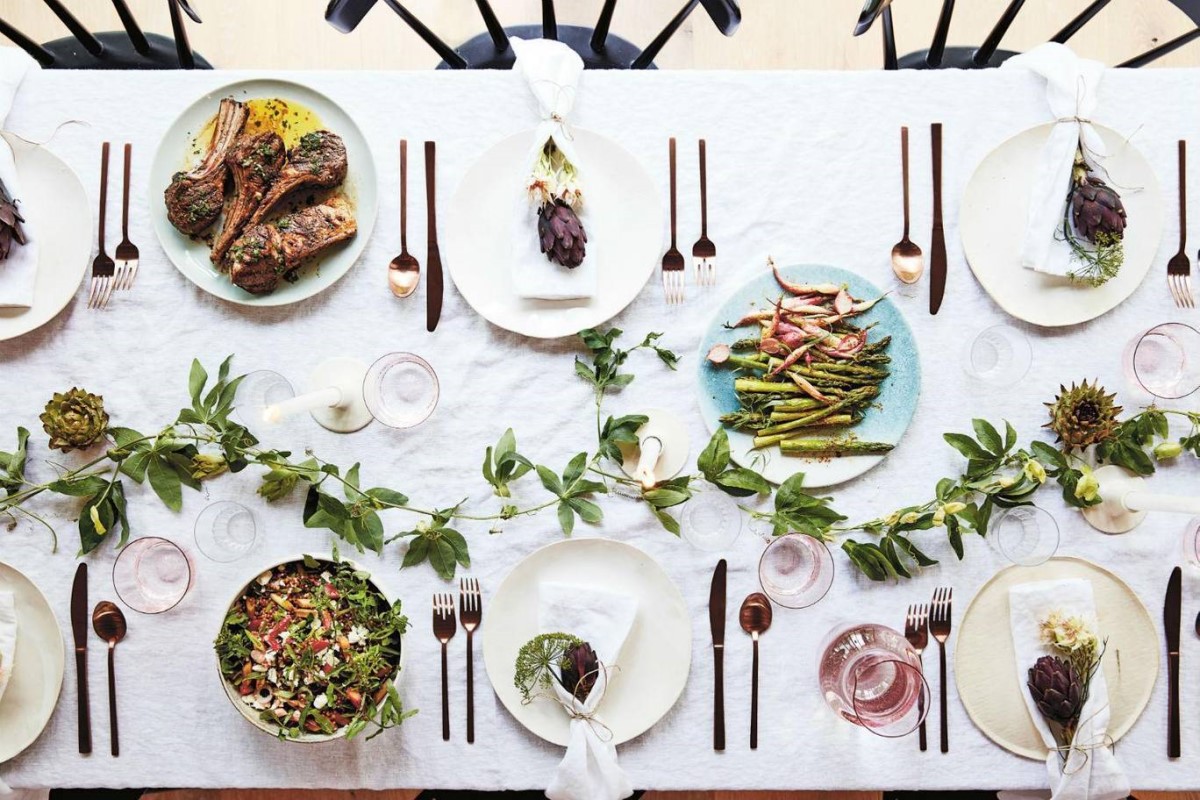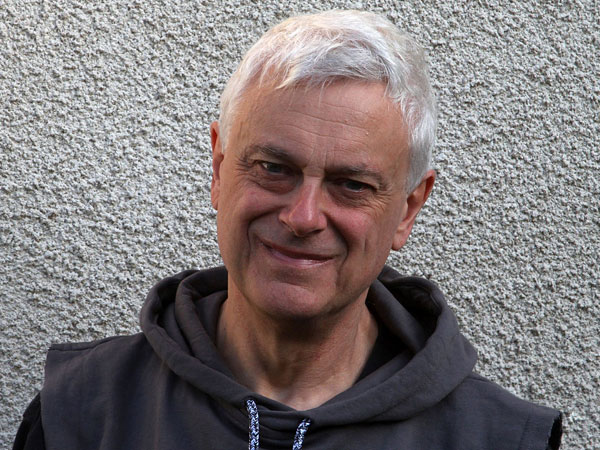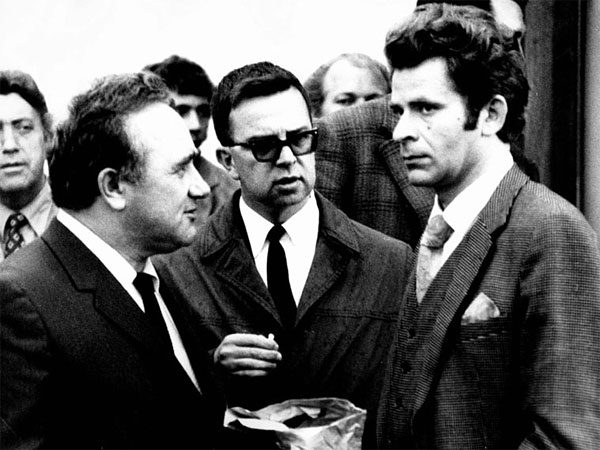


[Note that Jon Speelman also looks at the content of the article in video format, here embedded at the end of the article.]
A few weeks ago, Luke McShane sent me a helpmate he’d composed aided by an online helpmate tool — a nice graphical front end for the Popeye problem-solving engine. And using it you can check ideas with a speed and accuracy which was unheard of in the times when real men created helpmates through their sweat: hoping against hope that their beautiful ideas wouldn’t be polluted by unwelcome extra solutions — cooks.
In helpmates Black moves first and conspires with White to get himself checkmated. Luke’s appears below, and it also includes set play — a solution half a move shorter in which White moves first.
Once he gave me the address I couldn’t resist playing with the toy myself. The procedure, which is probably not all that different from what the real men used to do, is to set up an idea and then look for cooks — or rather, in this case, use the engine to do so for you. You then add pieces to try to eliminate them and more often than not create some other cooks instead. But given the 100% accuracy of the error-checking it should take only hours to get something sound — a task which would once have taken weeks or months.
 Having got one of my ideas to work but in a pretty ugly setting (#3) I sent it to Luke, and he later managed to zap some of my material creating a rather beautiful setting (#4). However, when he entered it into the engine it came back with a second solution — a cook which is of Michelin-star quality, except that sadly it bears no relation at all to the thematic intended solution. Luke also pointed out that with a small adjustment you could lose that cook (#5).
Having got one of my ideas to work but in a pretty ugly setting (#3) I sent it to Luke, and he later managed to zap some of my material creating a rather beautiful setting (#4). However, when he entered it into the engine it came back with a second solution — a cook which is of Michelin-star quality, except that sadly it bears no relation at all to the thematic intended solution. Luke also pointed out that with a small adjustment you could lose that cook (#5).
I sent it to John Nunn [pictured], who as you may know is a former world champion problem solver, and he got the thematic solution in less than a minute! However, it took him more than 15 minutes to find the pretty cook. His aesthetic opinion — and I’m sure he’s right — is that rather than this being an elegant sufficiency, too many cooks spoil the broth. But I’m a little sad to lose the outlier, so I’ve included both versions.
[Photo: Franziska Iseli]
Once you’ve seen the theme then you might, by analogy, be able to solve this one reasonably quickly — John said it took him almost no time at all and Jonathan Mestel, also a former world champion problem solver, was the same.
Chess problems are about making aesthetic and often surprising ideas work. Of course this sometimes happens over the board too, and Tim Krabbe famously created a list of the 100 most amazing chess moves — for his top ten follow this link.
I’ve taken his #1 to use here and also added something I found recently. I was looking at the Catalan Accepted with a very strong pupil, and at some stage we got onto a4 in the old main line. Using a database, I filtered for top players and came up with a blitz game between Maxime Vachier-Lagrave and Hikaru Nakamura.
It certainly isn’t the most important game ever played in the Catalan, but I was flicking through in a fairly desultory sort of way when I glanced at a side line and my engine suddenly went ping — and not just ping but PING! The move it found in a split second is amazing, and I doubt whether, had I reached the position, I would have found it at a normal time limit, let alone at blitz.
The 8x8 board allied with the rules of chess is an amazing canvas. Much of the time the pictures it paints are fairly mundane, but occasionally it creates something extraordinary.

Boris Spassky